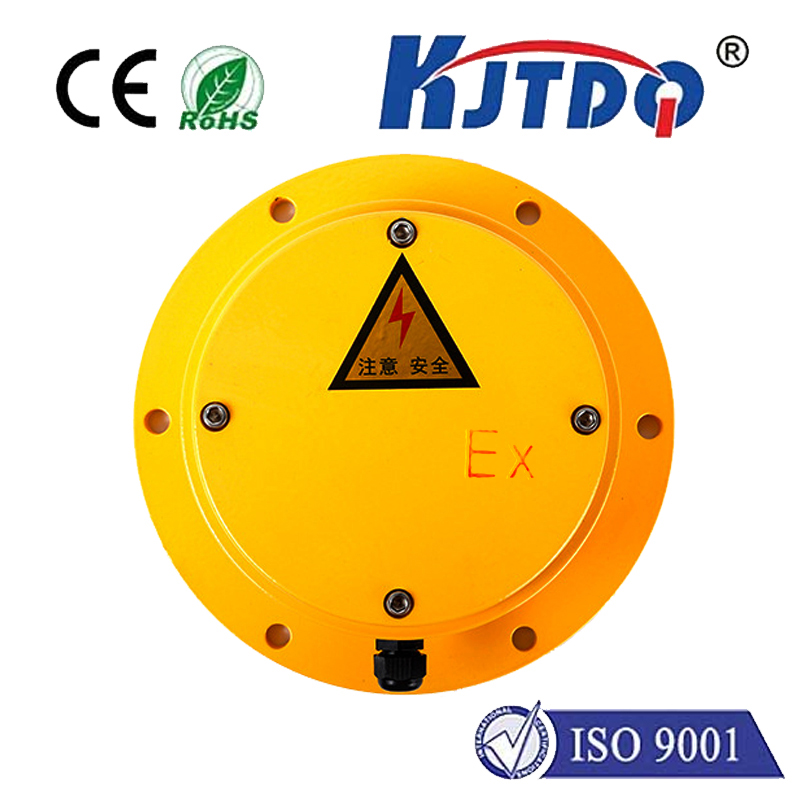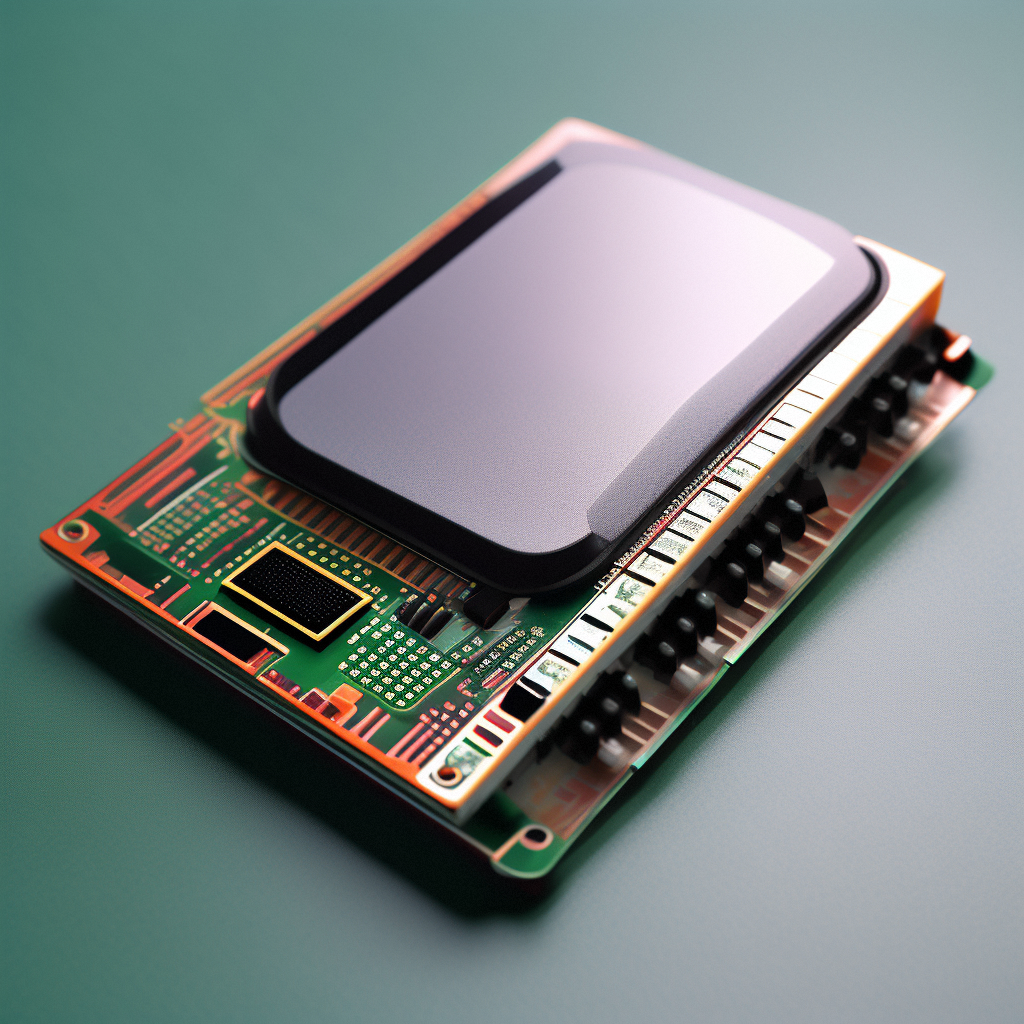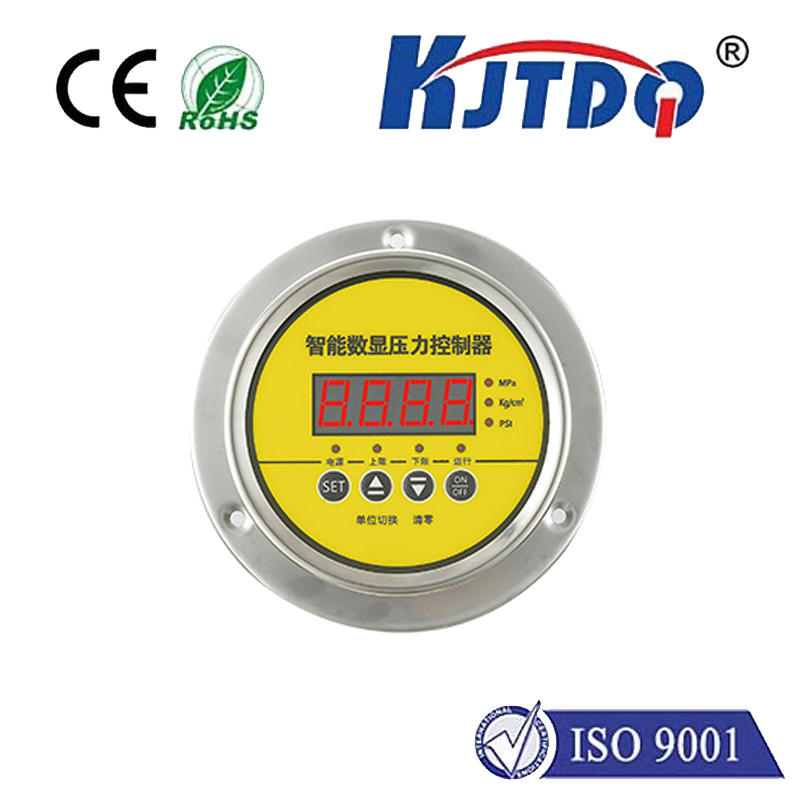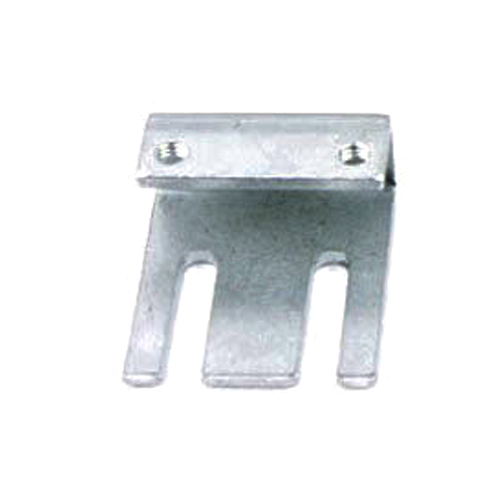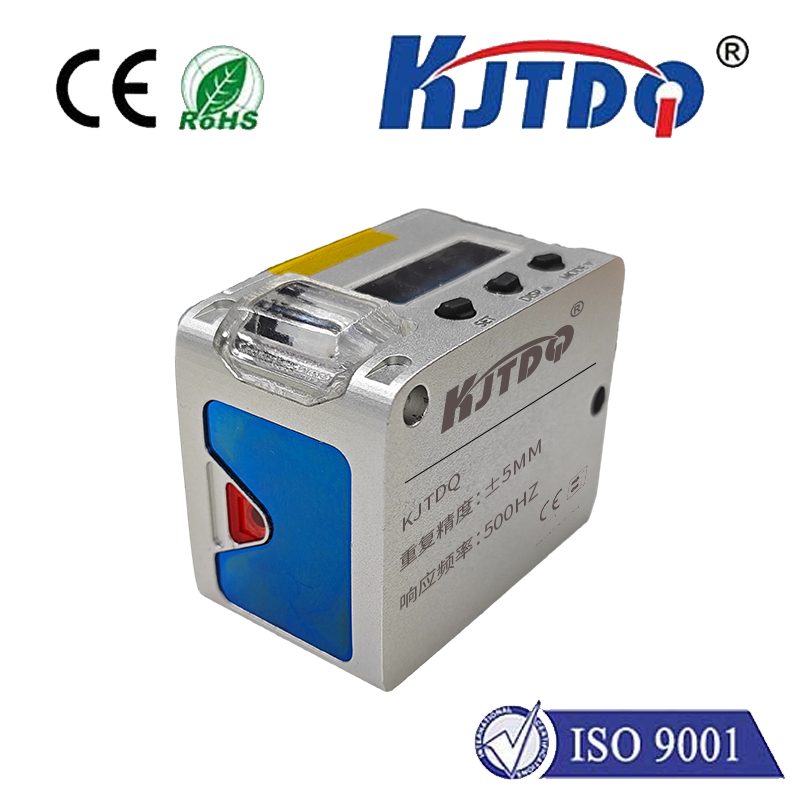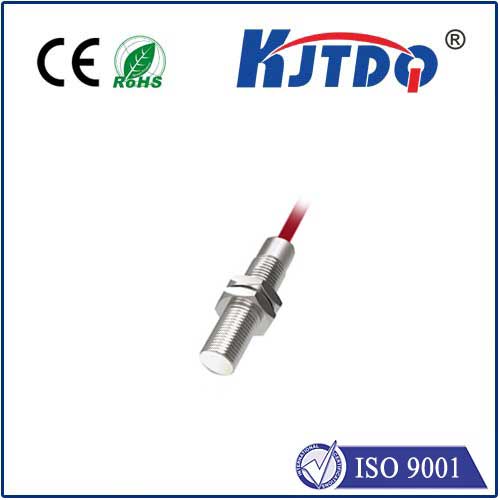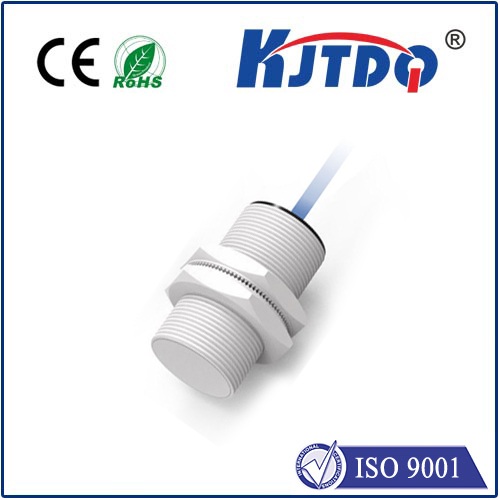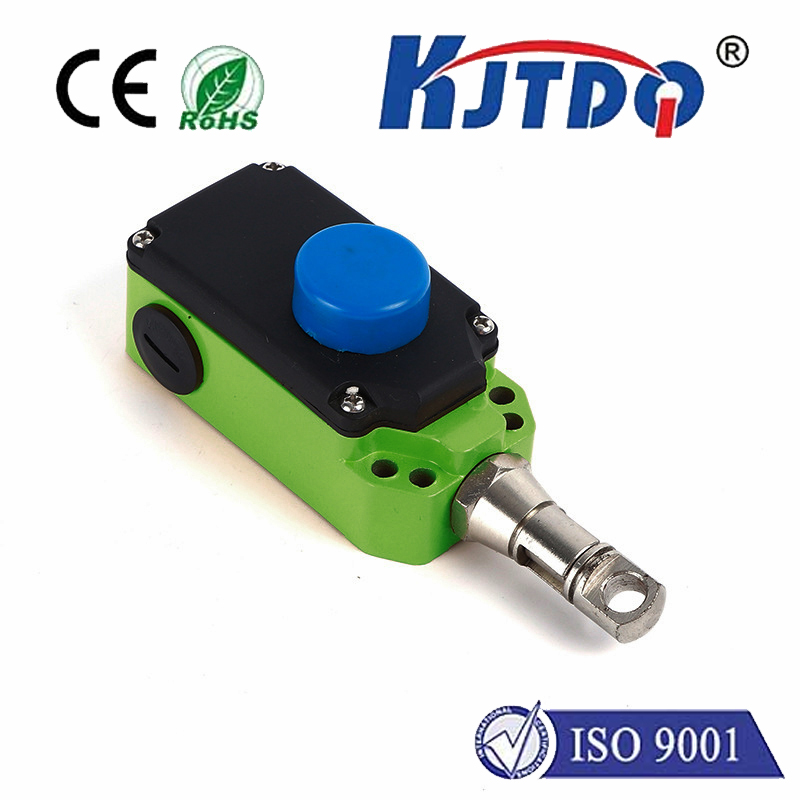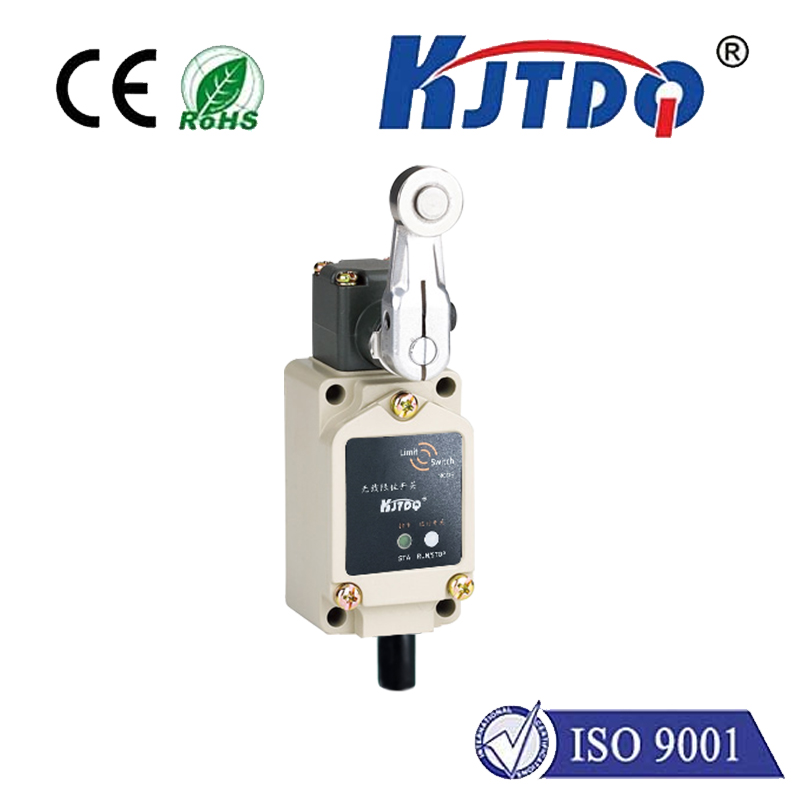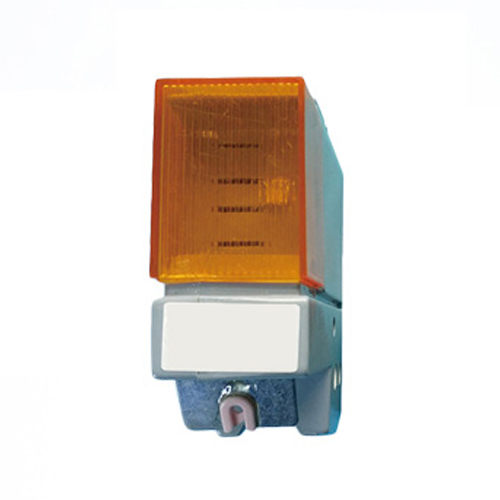индукционный датчик
- time:2025-06-20 02:15:45
- Нажмите:0
Inductive Type Sensors: The Unseen Detectives of Industrial Automation
Imagine an invisible handshake between metal and machine. That’s the silent magic of inductive type sensors, the unsung heroes tirelessly monitoring and controlling countless processes on factory floors and within complex machinery. These robust, non-contact devices excel at detecting metal targets without physical interaction, making them indispensable in demanding industrial environments. Understanding their core principles and diverse applications is key to unlocking smarter, more reliable automation.
Demystifying the Core Principle: Eddy Currents in Action
At its heart, an inductive proximity sensor operates on the fundamental principle of electromagnetic induction. When an alternating electrical current flows through a coil housed within the sensor head, it generates a high-frequency oscillating electromagnetic field. This field projects outward from the sensor’s active face into its sensing zone.
Here’s where the magic happens:

- The Idle State: When no metal target is present, the oscillator circuit within the sensor maintains a stable amplitude.
- Target Enters the Field: As a ferrous (iron-based) or non-ferrous (like aluminum, copper, brass) metal object enters this field, the physics of electromagnetic induction kicks in. The oscillating magnetic field induces swirling electrical currents (Eddy currents) on the surface of the metal target. These currents flow in closed loops within the metal.
- Energy Shift & Damping Effect: The creation of these eddy currents consumes energy drawn from the sensor’s electromagnetic field. This energy drain causes a measurable change – specifically, a damping or reduction – in the amplitude of the sensor’s internal oscillator.
- Detection Threshold: Sophisticated circuitry within the inductive sensor continuously monitors this oscillator amplitude. Once the damping effect caused by the target reaches a predefined threshold, the sensor’s output state switches. This could mean an NPN or PNP transistor flips (for DC sensors) or a solid-state relay changes state.
Why Inductive Sensors Reign Supreme in Industry
The unique working principle translates into a suite of compelling advantages:
- Non-Contact Operation: The fundamental benefit. Detection occurs through an electromagnetic field, meaning no physical touch is ever required between sensor and target. This eliminates mechanical wear and tear, tear, dramatically extending sensor lifespan compared to mechanical switches. Moving parts aren’t damaged, and delicate targets remain unscathed.
- Exceptional Durability & Ruggedness: Designed for harsh realities. Their typically potted construction makes them highly resistant to shock, vibration, and contamination by dust, dirt, oils, and coolants. They shrug off conditions that would cripple mechanical switches or optical sensors prone to lens fouling.
- High Switching Frequency & Speed: Capable of detecting very fast-moving targets – think thousands of times per second. This makes them ideal for high-speed counting (e.g., bottles, pills, parts on a conveyor), position verification in rapid assembly lines, and rotational speed monitoring.
- Insensitivity to Surface Conditions: Unlike optical sensors affected by color, transparency, or reflectivity changes (dirt, moisture), inductive sensors primarily care about the presence and proximity of conductive metal. Surface dirt, moisture, oil, or paint (unless exceptionally thick) typically has minimal impact on reliable detection.
- Long Operational Life: With no moving parts to wear out and robust construction, inductive proximity sensors boast exceptionally long operational lifespans, significantly reducing maintenance costs and downtime.
Acknowledging the Limits: Where Inductive Sensors Step Back
While powerful, they aren’t a universal solution:
- Metal Detection Only: Their core function is sensing conductive metals. They are completely ineffective for detecting non-metallic targets like plastic, wood, glass, cardboard, or liquids.
- Reduced Sensing Range for Non-Ferrous Metals: Detection range (often referred to as ‘Sn’ or nominal sensing distance) is specified for a standard mild steel target. For non-ferrous metals like aluminum or brass, the effective sensing range can be significantly reduced – sometimes as low as 40-60% of the stated Sn.
- Finite Sensing Range: They require the target to be within a relatively close range, typically from fractions of a millimeter up to several centimeters, depending on the sensor size and design. Long-distance metal detection isn’t their forte.
- Potential Mutual Interference: Mounting multiple inductive sensors very close together (
- Temperature Influence: Extreme ambient temperatures can slightly affect the sensor’s performance and sensing range. Choosing sensors rated for the specific operating environment is crucial.
Ubiquitous Applications: Where You Find Inductive Sensors Working
Their robustness and reliability make them ubiquitous across manufacturing and automation:
- Position Sensing: Detecting the presence/absence, end position, or intermediate position of machine components (cylinders end-of-stroke), valves, cams, metal parts on fixtures or pallets.
- Object Counting: High-speed counting of metal parts, cans, or containers on conveyors.
- Speed Monitoring: Measuring rotational speed of gears, shafts, or spindles using a metallic target attached to the rotating element.
- Machine Safety: Used in safety interlock systems to verify machine guards are closed or components are in safe positions before operation starts.
- Level Detection: Sensing the presence of metal powders or granules in hoppers, or detecting metal floats in tanks (though often used in conjunction with other methods).
- Automotive Assembly: Relentless verification of parts presence (engine blocks, chassis components), robot positioning, and end-of-arm tooling confirmation in demanding environments.
- Перевозка материалов: Monitoring position in conveyor systems, palletizers, stackers, and automated guided vehicles (AGVs).
- Food & Beverage Processing: Stainless-steel sensor variants (hygienic designs) detect metal cans, lids, machinery components, or actuator positions even during washdowns.
Key Considerations When Selecting an Inductive Proximity Sensor
Choosing the right sensor ensures optimal performance:
- Sensing Range (Sn): Match this to your application’s required target distance.
- Target Material & Size: Account for reduced range on non-ferrous metals; ensure the target is large enough to reliably enter the field.
- Flush Mounting vs. Non-Flush: Flush-mountable sensors can be embedded in metal surrounds without interference. Non-flush sensors offer longer ranges but require a clear zone around them.
- Shielded vs. Unshielded: Shielded sensors have a focused field, making them ideal for flush mounting in metal with minimized side sensitivity. Unshielded sensors generally offer slightly longer ranges but require space around them.
- Output Type: NPN vs. PNP transistor outputs, NO (Normally Open) vs. NC (Normally Closed) configuration – must match your control system’s input requirements.
- Housing Material & Shape: Common materials are nickel-plated brass or stainless steel for corrosion resistance. Barrel (cylindrical), block, or rectangular shapes suit different mounting needs.
- Environmental Rating: Crucial for longevity. Look for high IP ratings (e.g., IP67, IP69K) for dust and water resistance, and appropriate temperature ratings.
Conclusion (Omitted per Request)
From ensuring the precision of robotic welders to guaranteeing the closure of safety gates, inductive type sensors perform millions of critical detection tasks daily with unwavering reliability. Their elegant use of electromagnetic principles delivers non-contact robustness that mechanical switches simply cannot match. By understanding their strengths, limitations, and selecting the appropriate model for the environment and target, engineers and technicians harness a truly fundamental technology that keeps modern automation humming. The next time you see machinery working flawlessly, remember the unseen electromagnetic “handshake” likely playing a vital role.

